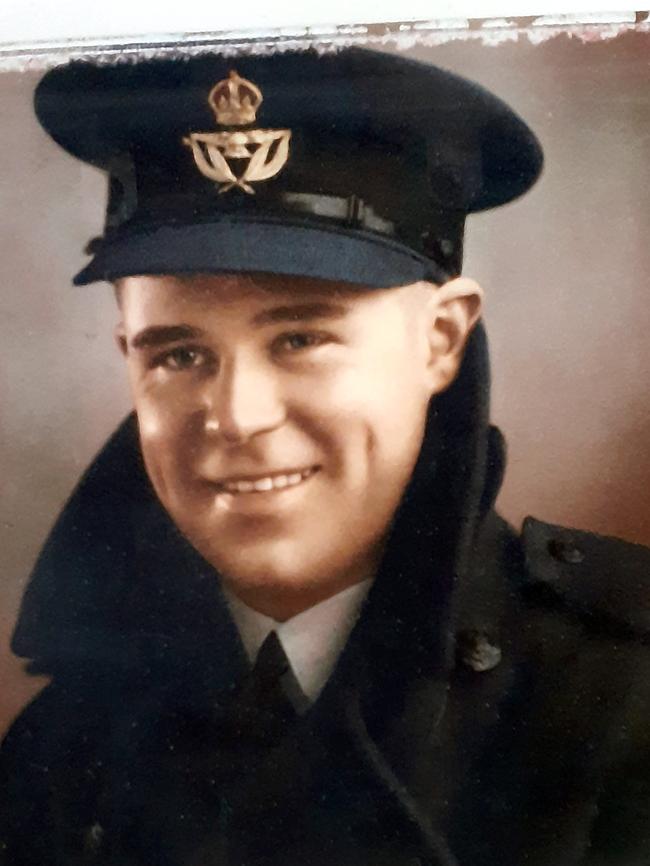Key facts that form the Anzac legend you may not know
The first images that spring to mind on Anzac Day are Anzacs at Gallipoli and Kokoda Track, but the Anzac legend was formed on several other fields of war. See these other heroic Anzac acts.
Hibernation
Don't miss out on the headlines from Hibernation. Followed categories will be added to My News.
Five years ago we marked 100 years since our soldiers surged ashore at Anzac Cove and into the pages of history.
Five years ago we marked 100 years since our soldiers surged ashore at Anzac Cove and into the pages of history.
In 2018 we commemorated the end of WW1, looking back a century to more extraordinary Australian feats in the last months of that conflict — starting with the battle at Villers-Bretonneux on April 24/25, which made the Anzacs legends not just Down Under, but on the other side of the world.

This year is another with particular historical resonance, quite apart from the corona-context that makes it especially poignant to look back at other turbulent, life-changing times.
Seventy-five years ago this week, after almost six years of global horror, the Second World War was finally drawing to a close. Nazi Germany was in its death throes and while Japan would fight on, by mid-August it was all over — and we faced an entirely new world.
Interestingly, some Aussie politicians were worried that the anticipated post-war increase in world travel would spread infectious diseases.
On Anzac Day, many of us think of certain people or times. Here are some key events that may stand out this year.
DROPPING IN ON HITLER
On Anzac Day in 1945, RAAF airmen join a massive raid on the Fuhrer’s mountain retreat of Berchtesgarden, amid fears it will become a focal point for fanatical Nazi resistance. Hitler himself is holed up in Berlin, where he will take his own life days later.
EXPOSING HORROR
Also in April 1945, Allies advancing through Germany liberate prisoner of war camps — where many Aussies are held — and discover the true horror of the concentration camps. Many Holocaust survivors later come to Australia to begin life again.
FIGHTING FOR SURVIVAL
Around Anzac Day in 1943 Australian POWs are starting work on the Death Railway at Thailand’s infamous Hellfire Pass. Two years later the survivors are still captives — though incredibly, there are Diggers in a worse situation. In Borneo, by April 1945 the Sandakan Death Marches are under way. It is Australia’s worst wartime atrocity, in which 2,500 men die as prisoners of the Japanese — many of them showing extraordinary courage and selflessness right to the end, despite the hopelessness.

BY LAND AND SEA
In New Guinea, three years after Kokoda, troops are still mopping up dogged enemy resistance. Our men will open a front in Borneo just days later on May 1, though too late to save the men of Sandakan. Meanwhile Australian ships are heavily involved in the battle for Okinawa — the island slaughterhouse that persuades US top brass to use atomic bombs rather than risk even more bloodshed with landings in mainland Japan.

IN ACTION AGAIN
It doesn’t end in 1945.
Korea: Six years later, on April 24-25 1951, Aussies, Canucks and Kiwis face a huge Chinese attack at Kapyong; our boys earning a US Presidential Citation.
Vietnam: After ten years of Australian military involvement, on Anzac Day 1975 the final RAAF flights leave Saigon amid desperate scenes as the city falls to communist forces.
Rwanda: In April 1995, Australian peacekeepers in the country’s genocidal civil conflict witness the massacre of thousands at a refugee camp — some risking their lives to drag children to safety, while prevented by UN rules from using their weapons against the aggressors.
Afghanistan: To Australians based there, the end of April means one thing: the fighting season. With weather getting warmer, the Taliban traditionally become more active. Will this year be any different?
